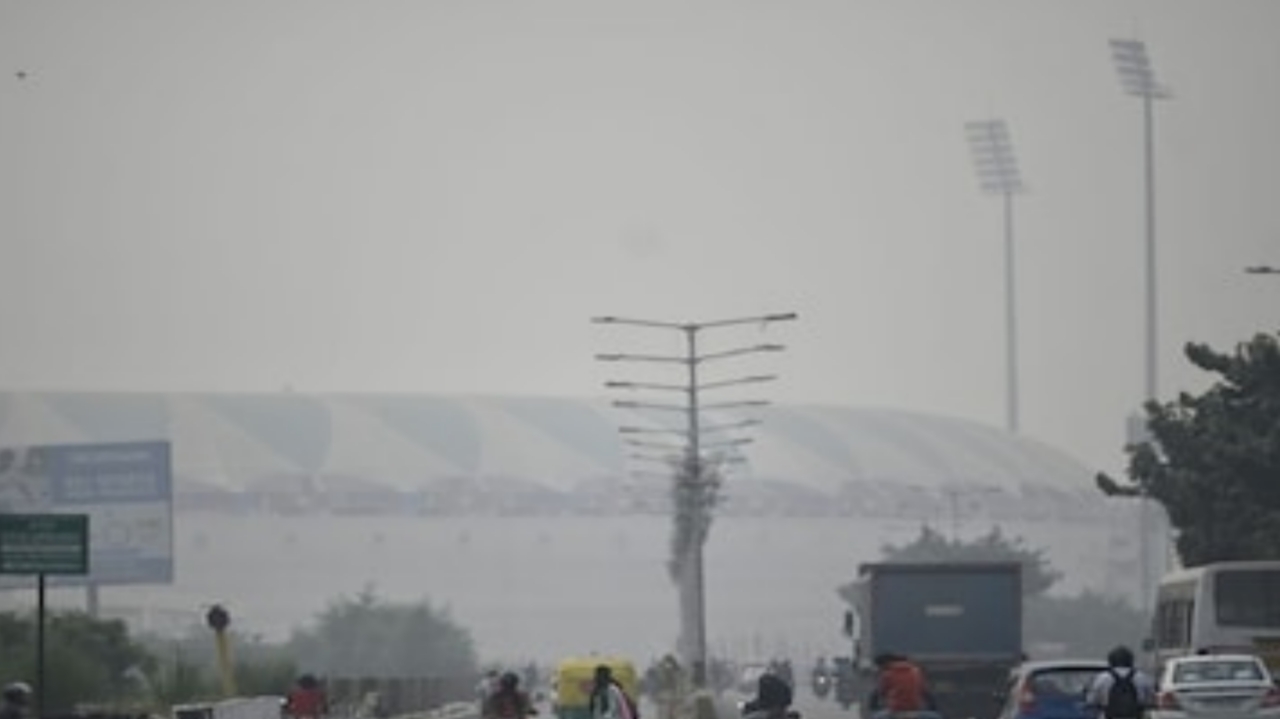Delhi Air Pollution Live, the capital of India, is grappling with an alarming environmental crisis – air pollution. The Air Quality Index (AQI) has once again surged past the 900-mark, raising concerns among experts and authorities. This ongoing issue has been termed a “massive health emergency,” demanding immediate attention and action.
Understanding the AQI and Its Significance
To comprehend the severity of the situation, we must first understand what the AQI represents. The AQI is a numerical scale used to communicate how polluted the air currently is or how polluted it is forecasted to become. It takes into account various air pollutants, including PM2.5, PM10, carbon monoxide, sulfur dioxide, nitrogen dioxide, and ozone, and calculates a single index value. This index is categorized into different color-coded levels, each indicating a different level of health concern.
The Ongoing Air Pollution Crisis in Delhi
The air quality crisis in Delhi is not a new phenomenon. For years, the city has been battling this issue, with pollution levels often reaching hazardous levels during the winter months. The situation is further exacerbated by weather conditions, industrial emissions, and vehicular pollution.
Causes of Air Pollution in Delhi
Delhi’s air pollution has multiple causative factors. Vehicular emissions, industrial activities, construction dust, waste burning, and agricultural residue burning all contribute to the problem. During the winter, meteorological conditions, including temperature inversions, trap pollutants close to the ground, leading to the formation of smog.
Health Impacts of High AQI
High levels of air pollution can have severe health consequences. Individuals exposed to polluted air are at risk of respiratory problems, cardiovascular diseases, and various other ailments. Children, the elderly, and individuals with pre-existing health conditions are particularly vulnerable.
Experts’ Perspective on the Situation
Experts from various fields, including environmentalists, health professionals, and policymakers, are alarmed by the persistently high AQI levels in Delhi. They emphasize the urgent need for collective action to address this crisis.
Government Measures and Interventions
The government has taken several measures to combat air pollution, such as implementing odd-even traffic restrictions, promoting cleaner fuel alternatives, and increasing green cover. However, there is still much work to be done.
The Role of Mass Media in Raising Awareness
Media plays a vital role in raising awareness about the seriousness of the air pollution crisis. News outlets, documentaries, and social media campaigns can educate the public and put pressure on authorities to take action.
Steps You Can Take to Protect Yourself
Individuals can take steps to protect themselves from the harmful effects of air pollution. These include staying indoors on high pollution days, using air purifiers, and wearing masks when necessary.
The Importance of International Collaboration
Air pollution knows no boundaries. International collaboration is essential to tackle the issue effectively. Sharing best practices and technologies can help reduce pollution levels globally.
Public Reaction and Protests
Public awareness and concern about air pollution have led to protests and advocacy for cleaner air. Citizens have a crucial role to play in holding authorities accountable.
Addressing Agricultural and Industrial Factors
Agricultural practices, such as stubble burning, and industrial emissions need to be addressed comprehensively to mitigate pollution.
Technological Innovations to Combat Air Pollution
Innovative technologies like smog towers and air quality monitoring systems can help in controlling and reducing air pollution.
Legal and Policy Framework for Air Quality Management
Strong legal and policy frameworks are essential to combat air pollution effectively. Stringent regulations and their enforcement can make a significant difference.

